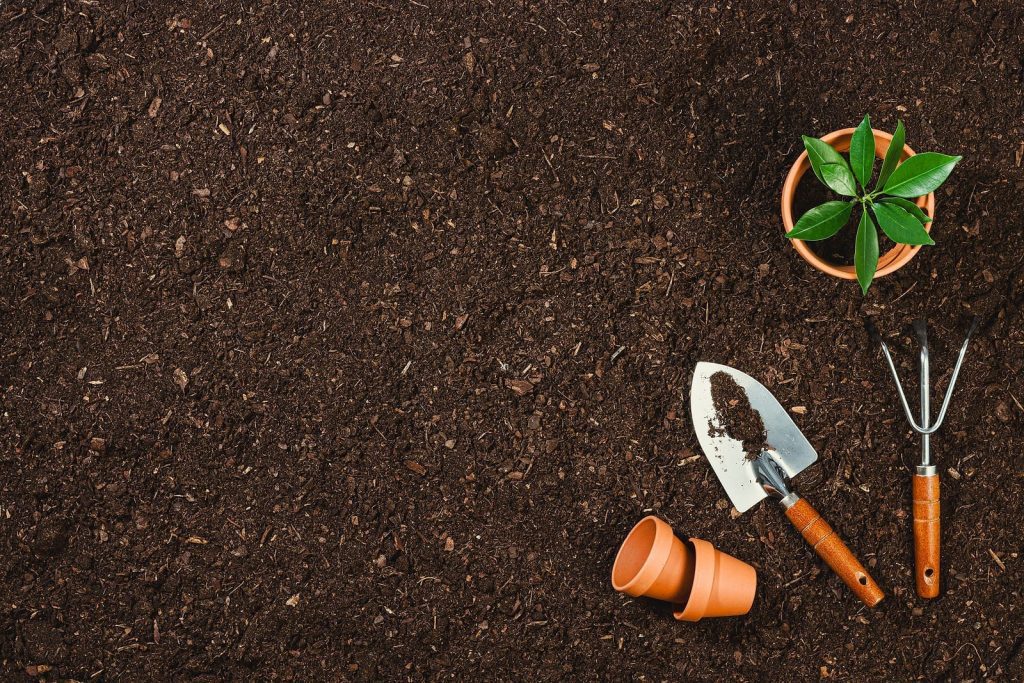Reasons for Soil Tilling and Smart Soil Improvement Strategies for Your Garden

Tilling your soil before planting is a smart practise, regardless of the kind of soil you have. Tilling aids in aerating and breaking up the soil to provide area for roots to develop. Using a garden instrument, such a hoe, a cultivator, or a shovel, turn the soil over completely to loosen any rocks, sticks, weeds, or roots, and then take out the waste. To encourage roots to spread out and break up dirt clods, keep fluffing the soil. You just need to dig two to three inches deeper in a previously established garden. You must remove soil to a depth of eight inches to one foot if the area has never been planted.
How to Make Your Soil Better
Add amendments.
In addition to applying the proper fertiliser as required, gardeners may enhance the general texture of their soil by adding amendments. Soils that are clayey or sandy benefit greatly from amendments. There are several varieties of amendments.
Add compost.
Compost (such as grass clippings or leaf mould), humus, coconut coir, or well-aged manure are examples of organic materials that may improve the microbial content of any kind of soil. You may use one of these products to improve the retention of nutrients and moisture in sandy soil.
Add organic compounds.
Conversely, using any of these organic components will help to lighten and loosen clay soil, improving its aeration and decreasing its susceptibility to compaction. Work the compost into the top two to three inches of soil when introducing it to a new garden. Just distribute it on top of the soil’s surface if you have an established garden.
Mulch
Another kind of supplement that might assist with sandy or clay soil is mulch. The advantages of mulching sandy soil include less evaporation and maintained soil temperature. Mulch helps clay soil by attracting worms and other aerating insects, delaying hardening, and cracking in hot weather, and increasing water drainage.
